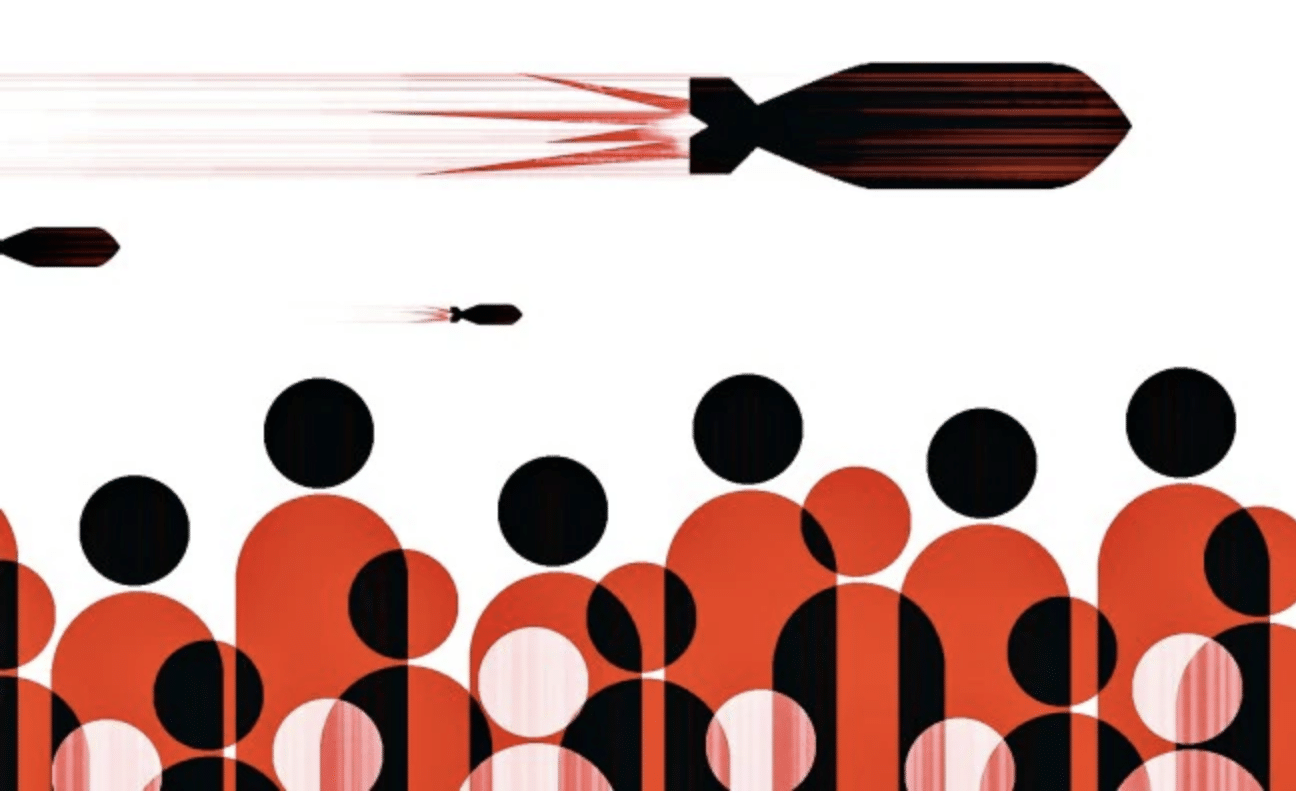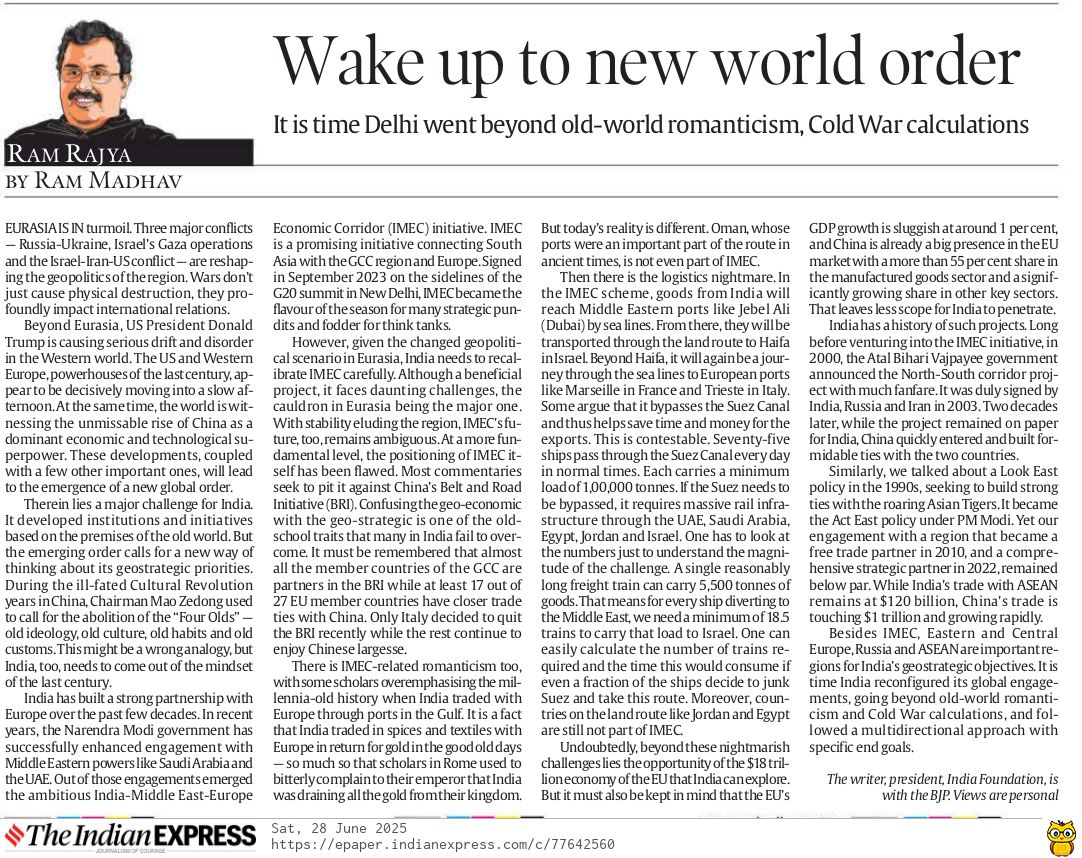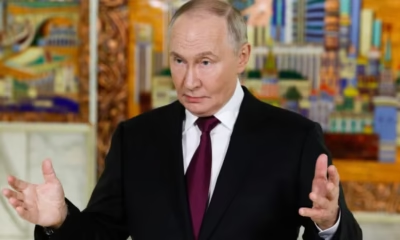
|
Getting your Trinity Audio player ready...
|
(The article was originally published in Indian Express on June 28, 2025 as a part of Dr Madhav’s column titled ‘Ram Rajya’. Views expressed are personal.)
Eurasia is in a turmoil. Three major conflicts – Russia-Ukraine conflict, Israel’s Gaza operations and Israel-Iran-US conflict – are reshaping the entire geopolitics of the region. Wars don’t cause physical destruction alone. They profoundly impact international relations and reshape global political landscape. Such reshaping is taking place in Eurasian geopolitics today.
Beyond Eurasia, US president Donald Trump is causing a serious drift and disorder in the Western world. The United States and Western Europe, powerhouses of the last century, appear to be decisively moving into a slow afternoon. At the same time, the world is witnessing an unmissable rise of China as a dominant economic and technological superpower. These developments, coupled with a few other important ones, will lead to the emergence of a new order in the world.
Therein lies a major challenge for India. It developed institutions and initiatives based on the premises of the old world. But the emerging geopolitical order calls for a new thinking about its geostrategic priorities. During the ill-fated Cultural Revolution years in China, Chairman Mao used to call for abolition of “Four Olds” – old ideology, old culture, old habits, and old customs. This might be a wrong analogy, but India too needs to come out of the mindset of the last century.
India built a strong partnership with Europe over last few decades. In the recent years, Narendra Modi Government made successful efforts to enhance engagement with the Middle Eastern powers like Saudi Arabia and the UAE. Out of those engagements emerged the ambitious India Middle East Europe Economic Corridor (IMEEC) initiative. The IMEEC is a promising initiative connecting South Asia with the GCC region and Europe. Signed in September 2023 on the sidelines of the G-20 summit in New Delhi, IMEEC became the flavour of the season for many strategic pundits and a fodder for think tanks.
However, given the changed geopolitical scenario in Eurasia, India needs to recalibrate the IMEEC initiative carefully. Although a beneficial project, it faces daunting challenges, the cauldron in Eurasia being the major one. With stability eluding the region, IMEEC’s future too remains ambiguous. At a more fundamental level, the positioning of IMEEC itself has been flawed. Most commentaries seek to pit it against China’s Belt and Road Initiative (BRI). Confusing geo-economic with geo-strategic is one of the old school traits that many in India fail to overcome. It must be remembered that almost all the member countries of the GCC are partners in BRI while at least 17 out of 27 EU member countries have closer trade ties with China. Only Italy decided to quit BRI recently while the rest continue to enjoy the Chinese largesse.
There is IMEC related romanticism too, with some scholars overemphasising the millennia-old history when India traded with Europe through ports in Gulf. It is a fact that India traded in spices and textiles with Europe in return for gold in the good olden days so much so that scholars in Rome used to bitterly complain to their emperor that India was draining all the gold from their kingdom. But today’s reality is different. Oman, important port route in ancient times, is not even a part of IMEC.
Then there is the issue of logistics nightmare. As per the IMEC scheme, goods from India would reach middle eastern ports like Jabel Ali (Dubai) by sealines from where they will be transported through land route to Haifa in Israel. Beyond Haifa, it will again be a journey through the sealines to European ports like Marsailles in France and Triestie in Italy. Some argue that it bypasses Suez Canal and thus helps in saving time and money for the exports. This is a contestable argument. 75 ships pass through the Suez Canal every day in normal times. Each ship caries a minimum load of 100,000 tonnes. If the Suez needs to be bypassed, it requires massive railroad infrastructure through UAE, Saudi Arabia, Egypt, Jordan and Israel. Just to understand the magnitude of the challenge one has to look at the numbers. One reasonably long freight train can carry 5500 tonnes of goods. That means, for every ship diverting to the Middle East, we need a minimum of 18.5 trains to carry that load to Israel. One can easily calculate the number of trains required and time they consume even if a fraction of the ships decide to junk Suez and take this route. Moreover, countries on the land route like Jordan and Egypt are still not a part of IMEC.
Undoubtedly, beyond these nightmarish challenges lies the opportunity of a $ 18 trillion economy of the EU that India can explore. But it also must keep in mind that EU’s GDP growth is sluggish at around one percent pace, and China is already a big presence in the EU market with more than 55% share in the manufactured goods sector and significantly growing share in other key sectors. That leaves less scope for India to penetrate.
India has a history with such projects. Long before venturing into the IMEC initiative, in year 2000, Atal Behari Vajpayee government announced the North South Corridor project with much fanfare. It was duly signed by India, Russia and Iran in 2003. Two decades later, while the project remained on paper for India, China quickly entered and built formidable ties with the two countries.
Similarly, we talked about Act East policy in 1990s seeking to build strong ties with the roaring Asian Tigers. It became Act East policy under prime minister Modi. Yet, our engagement with a region that became a free trade partner in 2010, and a comprehensive strategic partner in 2022 remained below par. While India’s trade with ASEAN remains at $ 120 billion, China’s trade is touching $ 1 trillion and growing rapidly.
Besides IMEC, East and Central Europe, Russia and ASEAN are important regions for India’s geostrategic objectives. It is time India reconfigured its global engagements going beyond old world romanticism and cold war calculations and followed a multidirectional approach with specific end goals.




